Home>Garden Essentials>How Much Grass Seed Do I Need To Overseed An Acre
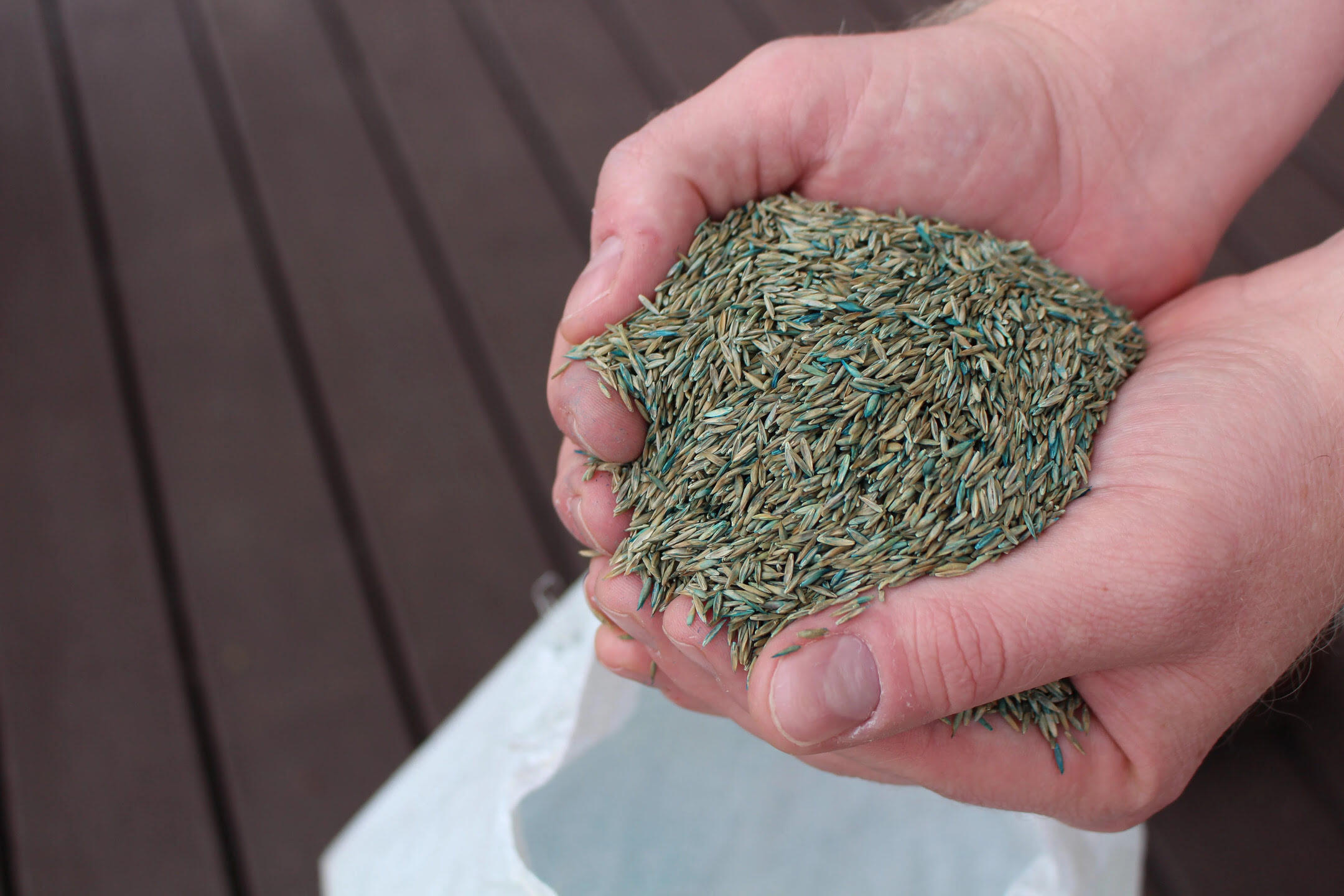

Garden Essentials
How Much Grass Seed Do I Need To Overseed An Acre
Modified: May 6, 2024
Ensure a lush garden with our guide on how much grass seed you need to overseed an acre. Discover expert tips and advice for an abundant garden makeover.
(Many of the links in this article redirect to a specific reviewed product. Your purchase of these products through affiliate links helps to generate commission for Storables.com, at no extra cost. Learn more)
Introduction
Welcome to the wonderful world of gardening! If you’re new to the scene or even a seasoned pro, you may have found yourself asking the question, “How much grass seed do I need to overseed an acre?” Taking on the task of overseeding can be a great way to revive a tired lawn or fill in patchy areas. However, determining the right amount of seed to achieve the desired results can be a bit confusing.
In this article, we will explore the key factors to consider when determining the amount of grass seed needed for an acre of land. We’ll break down the calculation process and provide you with a sample calculation to help you get started. So, put on your gardening gloves and let’s dive in!
Gardening is not just about plants and flowers; it’s an art and a science that requires careful planning and execution. Overseeding, in particular, is a technique used to add new grass seed to an existing lawn to improve its overall health and appearance. This process helps to thicken the lawn, fill in bare spots, and promote a lush, vibrant carpet of grass.
Before we get into the nitty-gritty details of determining the right amount of grass seed for an acre, let’s briefly discuss the factors you need to take into account when considering overseeding.
Key Takeaways:
- Revive your lawn by overseeding with the right amount of grass seed. Consider factors like grass species, desired density, and soil quality for a lush, vibrant lawn.
- Use the recommended seeding rate and adjust for specific conditions to calculate the total amount of grass seed needed for your overseeding project. Happy gardening!
Read more: How Much Wildflower Seed Do I Need
Understanding Overseeding
Overseeding is a technique used to rejuvenate an existing lawn by adding new grass seed to the existing grass. This process helps to fill in thin or bare areas, improve overall lawn density, and enhance the appearance of the lawn. It is typically done in the fall or spring when soil temperatures are favorable for seed germination.
There are several reasons why you might choose to overseed your lawn. One common reason is to repair damage caused by pests, disease, or drought. By introducing new grass seed, you can help to fill in these damaged areas and restore the health of your lawn.
Over time, lawns can also become thin and sparse due to natural wear and tear. Foot traffic, pets, and environmental factors can all contribute to the thinning of grass. By overseeding, you can introduce new grass seed to these areas, encouraging thicker, healthier growth.
Additionally, overseeding can be used to introduce new grass varieties or cultivars to your lawn. This allows you to diversify your lawn and improve its overall resilience and appearance. For example, if your lawn is primarily composed of a cool-season grass, you can introduce a warm-season grass variety through overseeding to enhance its performance during the summer months.
Before starting the overseeding process, it’s important to prepare your lawn properly. This includes mowing the existing grass to a shorter height, raking away any thatch or debris, and loosening the soil surface to promote good seed-to-soil contact. Adequate watering and proper maintenance after overseeding are also crucial to ensure successful germination and establishment.
Now that we have a better understanding of overseeding and its benefits, let’s move on to the factors you need to consider when determining the amount of grass seed needed for an acre of land. These factors will help you make an accurate calculation and achieve the desired results for your lawn.
Factors to Consider
When it comes to determining the amount of grass seed needed to overseed an acre of land, there are several factors that need to be taken into consideration. These factors will help you determine the appropriate seed coverage to achieve the desired results. Let’s explore these factors in more detail:
1. Grass Species and Variety: Different grass species and varieties have varying seed sizes and germination rates. It’s important to choose the right grass species and variety that is suited to your climate and growing conditions. This information can usually be found on the grass seed packaging or obtained from a local gardening expert.
2. Desired Density: The level of thickness you want to achieve with your overseeding will determine the amount of seed required. If you want a lush, dense lawn, you will need to sow more seed compared to achieving a moderately dense lawn. Consider the current condition of your lawn and the end result you desire.
3. Soil Quality: The quality of your soil plays a crucial role in seed germination and establishment. If you have poor soil quality, you may need to sow additional seeds to compensate for potential loss or lack of growth. Conducting a soil test can provide insights into the nutrient levels and pH balance of your soil, helping you determine if any amendments are needed.
4. Seed Viability: The viability of the grass seed is an important factor to consider. Older or improperly stored seed may have a lower germination rate, meaning you may need to sow more seed to compensate for potential failures. Be sure to use fresh, high-quality seed for optimal results.
5. Site Conditions: The specific conditions of your site, such as sun exposure, soil moisture, and slope, can affect seed germination and growth. Shadier areas may require more seed to achieve the desired results, while areas with excessive moisture or erosion may need additional seed for better coverage.
6. Seeding Method: The method you choose to sow the grass seed will also impact the amount of seed required. Whether you are using a broadcast spreader, hand seeding, or using a slit seeder, the coverage rate may differ, affecting the quantity of seed needed.
By considering these factors, you can make a more informed decision about the amount of grass seed required to overseed an acre of land. In the next section, we will discuss the calculation method to determine the appropriate seed coverage.
Determining Seed Coverage
When it comes to determining the seed coverage for overseeding an acre of land, a common approach is to follow the recommended seeding rates provided by seed manufacturers. These rates are typically based on the specific grass species and variety you are using, as well as the desired level of density.
The recommended seeding rates are often listed in pounds per 1,000 square feet (sq. ft.). To calculate the amount of seed needed for an acre, you will need to convert this rate to pounds per acre. Here’s how you can do it:
1. Determine the recommended seeding rate: Check the seed packaging or consult the seed manufacturer to find the recommended seeding rate per 1,000 sq. ft. for the grass species and variety you are using.
2. Calculate the square footage of your acre: An acre is equivalent to 43,560 sq. ft. You can calculate the square footage of your acre by multiplying the length of one side (in feet) by the length of the other side.
3. Convert the seeding rate to pounds per acre: Divide the recommended seeding rate per 1,000 sq. ft. by 1,000 to convert it to pounds per square foot. Then, multiply this rate by 43.56 (the number of square feet in an acre) to get the recommended seeding rate in pounds per acre.
Once you have determined the recommended seeding rate in pounds per acre, you can use this as a starting point. However, keep in mind that the recommended rate is just a guideline and may need to be adjusted based on the specific conditions of your lawn and the factors we discussed earlier.
It’s also important to note that overseeding generally requires less seed compared to establishing a new lawn from scratch. This is because you are simply adding new seed to an existing lawn rather than starting from bare soil. However, if you have a particularly sparse or damaged lawn, you may need to increase the seed coverage to achieve the desired results.
Next, let’s walk through a sample calculation to help you better understand how to determine the amount of grass seed needed for an acre of land.
For overseeding an acre, use 8-10 pounds of grass seed for fine fescue, 10-12 pounds for Kentucky bluegrass, and 12-15 pounds for perennial ryegrass.
Calculation Method
Calculating the amount of grass seed needed for an acre of land involves a simple formula based on the recommended seeding rate. Here’s a step-by-step breakdown of the calculation method:
1. Determine the recommended seeding rate: Refer to the seed packaging or consult the seed manufacturer to find the recommended seeding rate per 1,000 sq. ft. for the specific grass species and variety you plan to use.
2. Calculate the square footage of your acre: An acre is equal to 43,560 sq. ft. Calculate the square footage of your acre by multiplying the length (in feet) of one side by the length of the other side.
3. Convert the recommended seeding rate to pounds per acre: Divide the recommended seeding rate per 1,000 sq. ft. by 1,000 to get the rate in pounds per square foot. Then, multiply this rate by 43.56 (the number of square feet in an acre) to obtain the recommended seeding rate in pounds per acre.
4. Adjust for specific conditions: Consider the factors we discussed earlier, such as soil quality, desired density, seed viability, site conditions, and seeding method. Account for any adjustments you need to make based on these factors.
5. Calculate the total amount of seed: Multiply the adjusted seeding rate (in pounds per acre) by the total number of acres you want to overseed. This will give you the total amount of grass seed needed for your project.
Remember, the recommended seeding rate is a general guideline, and adjustments may be necessary based on your specific lawn conditions. It’s always a good idea to consult with a local gardening expert or extension service to get tailored advice for your area.
Now, let’s put this calculation method into practice with a sample calculation.
Read more: How Much Micro Clover Seed Do I Need
Sample Calculation
Let’s walk through a sample calculation to help illustrate how to determine the amount of grass seed needed for an acre of land:
Suppose the recommended seeding rate for the grass variety you are using is 5 pounds per 1,000 sq. ft. The square footage of your acre is 43,560 sq. ft.
1. Determine the recommended seeding rate: In this case, the recommended seeding rate is 5 pounds per 1,000 sq. ft.
2. Calculate the square footage of your acre: Since an acre is equal to 43,560 sq. ft., we can use this value in our calculation.
3. Convert the recommended seeding rate to pounds per acre: Divide the recommended seeding rate of 5 pounds per 1,000 sq. ft. by 1,000 to get the rate in pounds per square foot. Then, multiply this rate by 43.56 to obtain the recommended seeding rate in pounds per acre.
Calculation: (5 pounds / 1,000 sq. ft.) * 43.56 = 0.2178 pounds per acre
So, the recommended seeding rate for this sample calculation is approximately 0.2178 pounds per acre.
4. Adjust for specific conditions: Consider any specific conditions and make adjustments as needed. For example, if your lawn has poor soil quality or you want a denser lawn, you may decide to increase the seeding rate. Conversely, if your lawn conditions are favorable or you want a moderate density, you may choose to stick with the recommended rate.
5. Calculate the total amount of seed: Multiply the adjusted seeding rate by the total number of acres you want to overseed. For example, if you have 2 acres of land to overseed:
Calculation: 0.2178 pounds per acre * 2 acres = 0.4356 pounds
So, based on this sample calculation, you would need approximately 0.4356 pounds of grass seed to overseed 2 acres of land.
It’s important to note that this is just a sample calculation, and the actual amount of seed you need may vary depending on your specific lawn conditions and desired results.
By following the calculation method and making necessary adjustments, you can determine the right amount of grass seed needed for your overseeding project and achieve a healthy, lush lawn.
Conclusion
Overseeding your lawn can be a fantastic way to breathe new life into your outdoor space, and determining the right amount of grass seed is essential for achieving successful results. By considering factors such as grass species, desired density, soil quality, seed viability, site conditions, and seeding method, you can make an accurate calculation and ensure adequate seed coverage.
Remember that the recommended seeding rate provided by seed manufacturers serves as a starting point, but adjustments may be necessary based on your specific lawn conditions and goals. Consulting with a local gardening expert or extension service can provide valuable insights and recommendations tailored to your region.
Calculating the amount of grass seed needed for an acre of land involves simple steps such as determining the seeding rate, calculating the acre’s square footage, converting the seeding rate to pounds per acre, and making adjustments as necessary. Through this calculation process, you can determine the total amount of seed required for your overseeding project.
Keep in mind that overseeding generally requires less seed compared to establishing a new lawn from scratch. By adding fresh, high-quality seed to your existing lawn, you can fill in bare spots, thicken the turf, and promote a healthy, vibrant lawn.
So, whether you’re looking to repair damage, improve density, or introduce new grass varieties, overseeding can be a fantastic solution. By following the calculation method and considering the relevant factors, you can confidently determine the appropriate amount of grass seed needed for your acreage and achieve the lush, green lawn you’ve been dreaming of.
Now that you have a better understanding of how much grass seed you need to overseed an acre, it’s time to roll up your sleeves and get to work. Enjoy the process, and may your lawn thrive with the renewed energy of fresh seed!
Now that you've got the scoop on overseeding, why not take your lawn care up a notch? If you're thinking about giving your green space a complete makeover, learning how to do a lawn renovation could be your next big project. Perfect for anyone eager to transform their yard into a verdant paradise, our next guide shows you step-by-step how to breathe new life into tired turf. Ready to roll up your sleeves and get started? Check out our detailed guide on revamping your lawn.
Frequently Asked Questions about How Much Grass Seed Do I Need To Overseed An Acre
Was this page helpful?
At Storables.com, we guarantee accurate and reliable information. Our content, validated by Expert Board Contributors, is crafted following stringent Editorial Policies. We're committed to providing you with well-researched, expert-backed insights for all your informational needs.


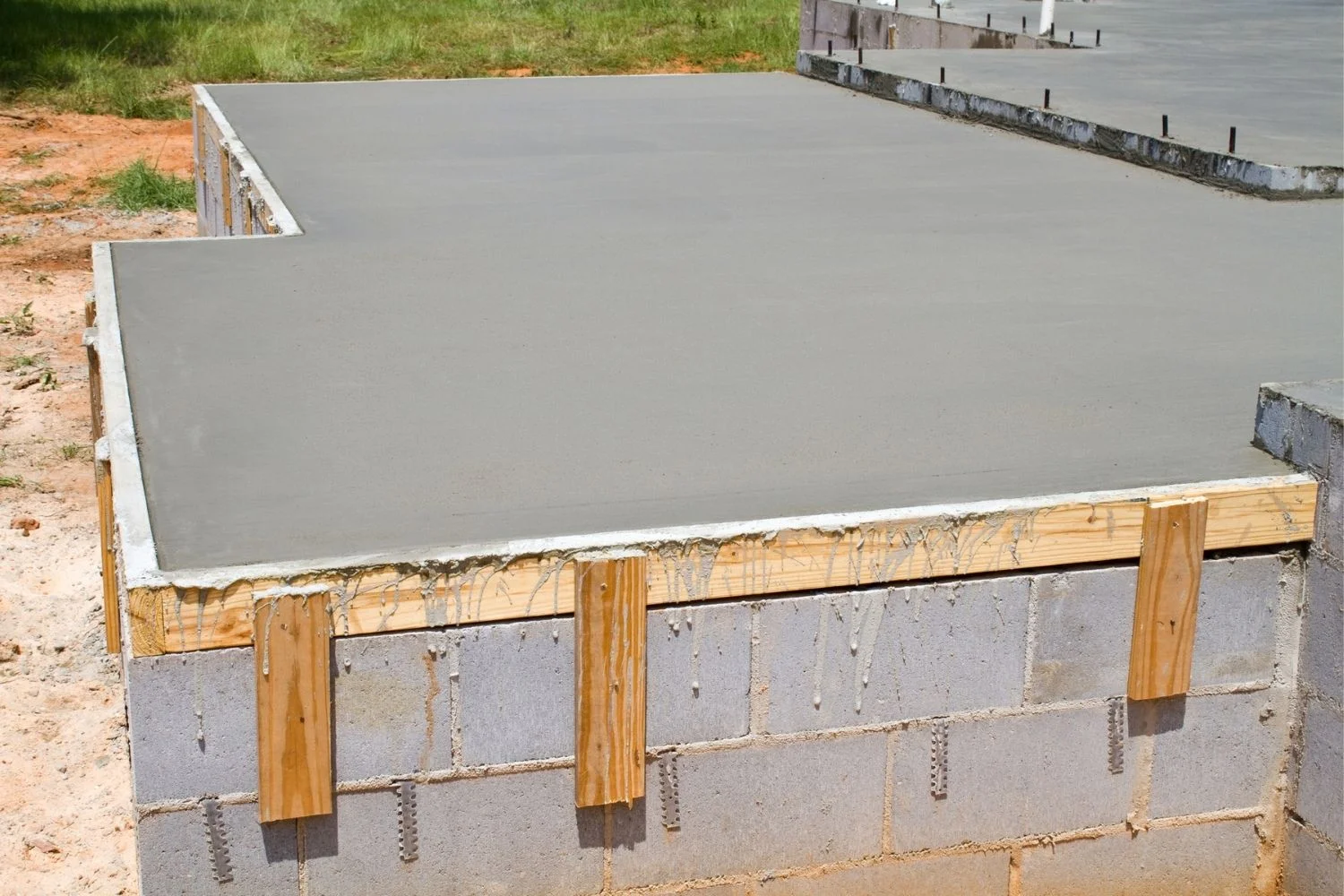
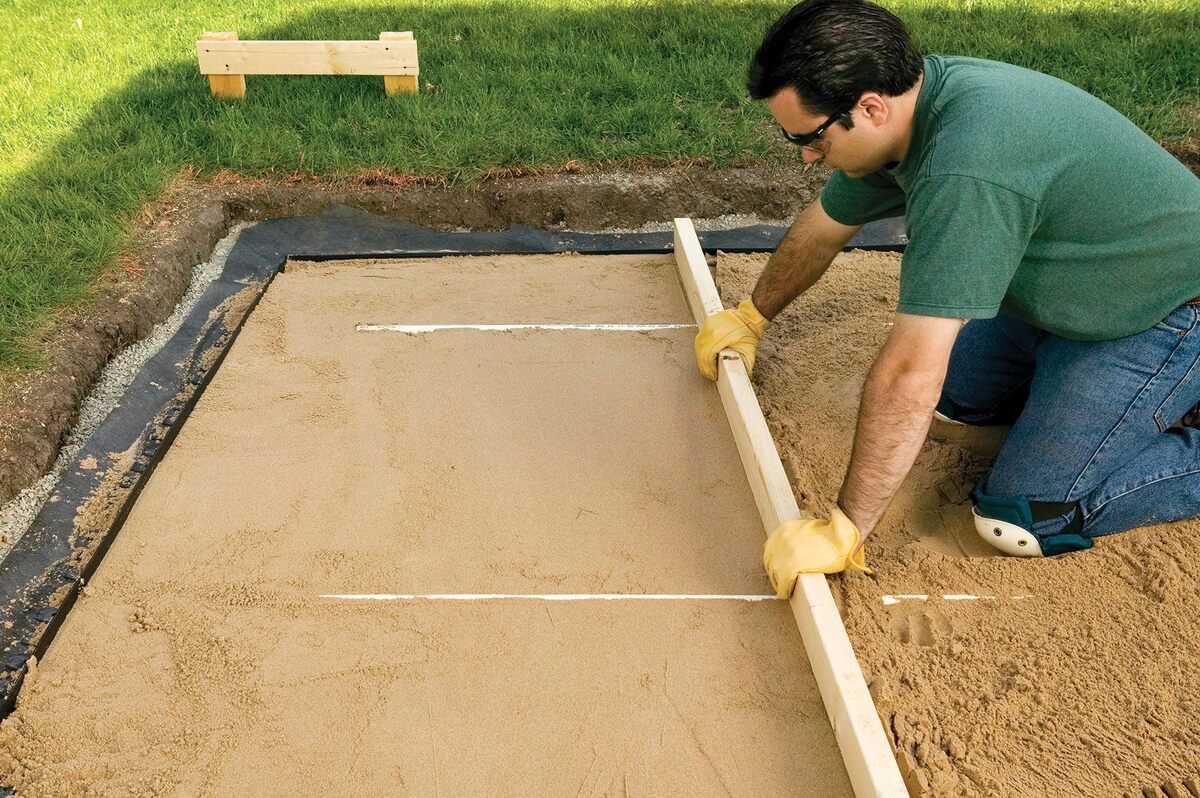


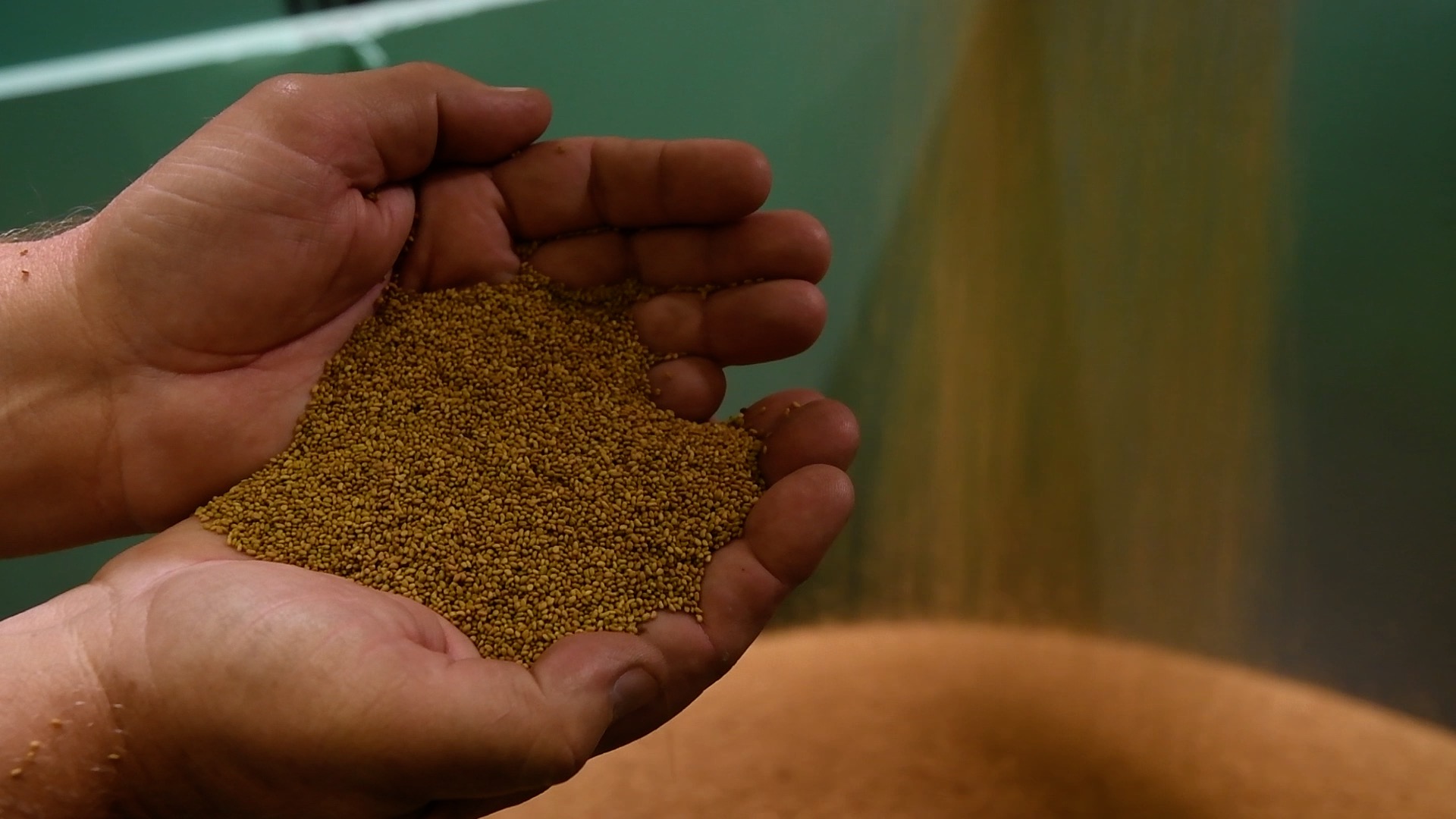
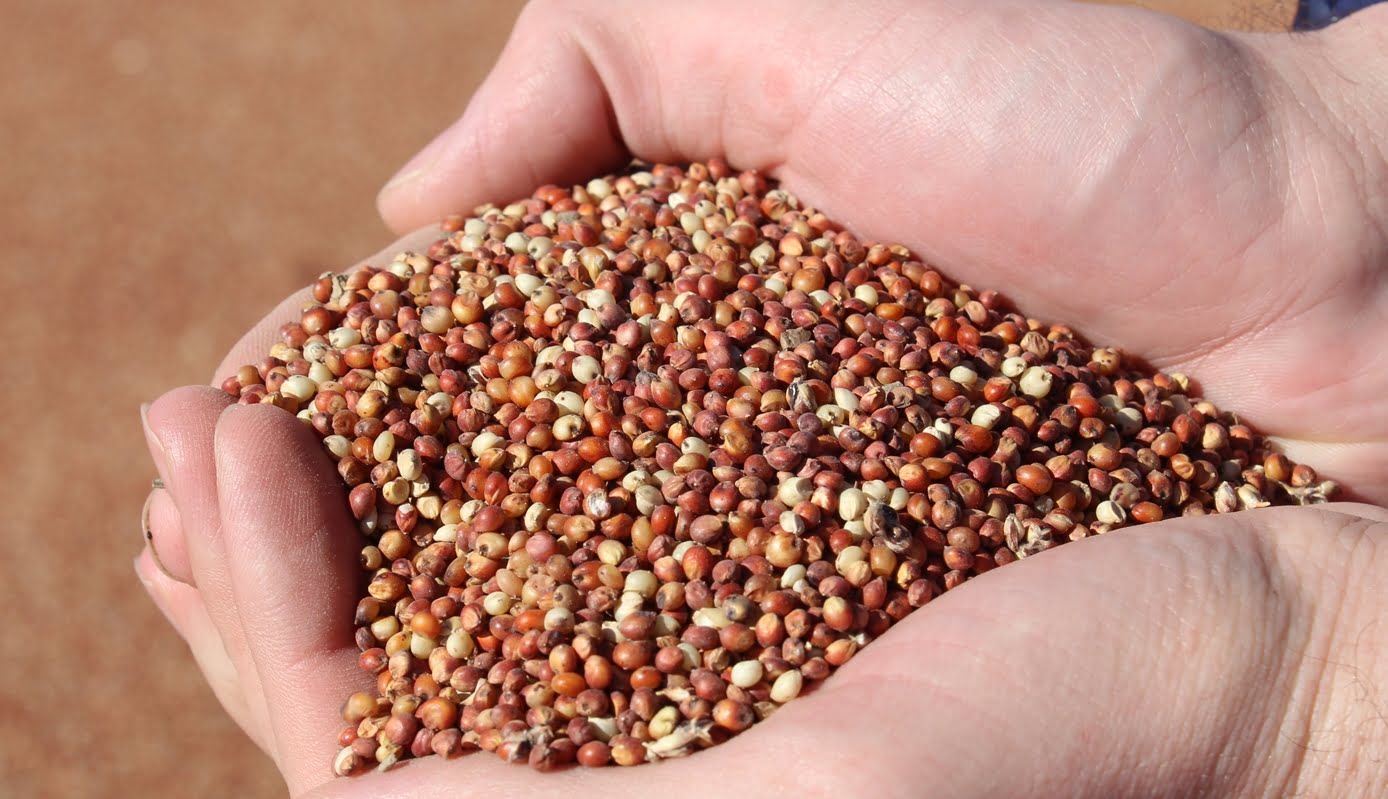
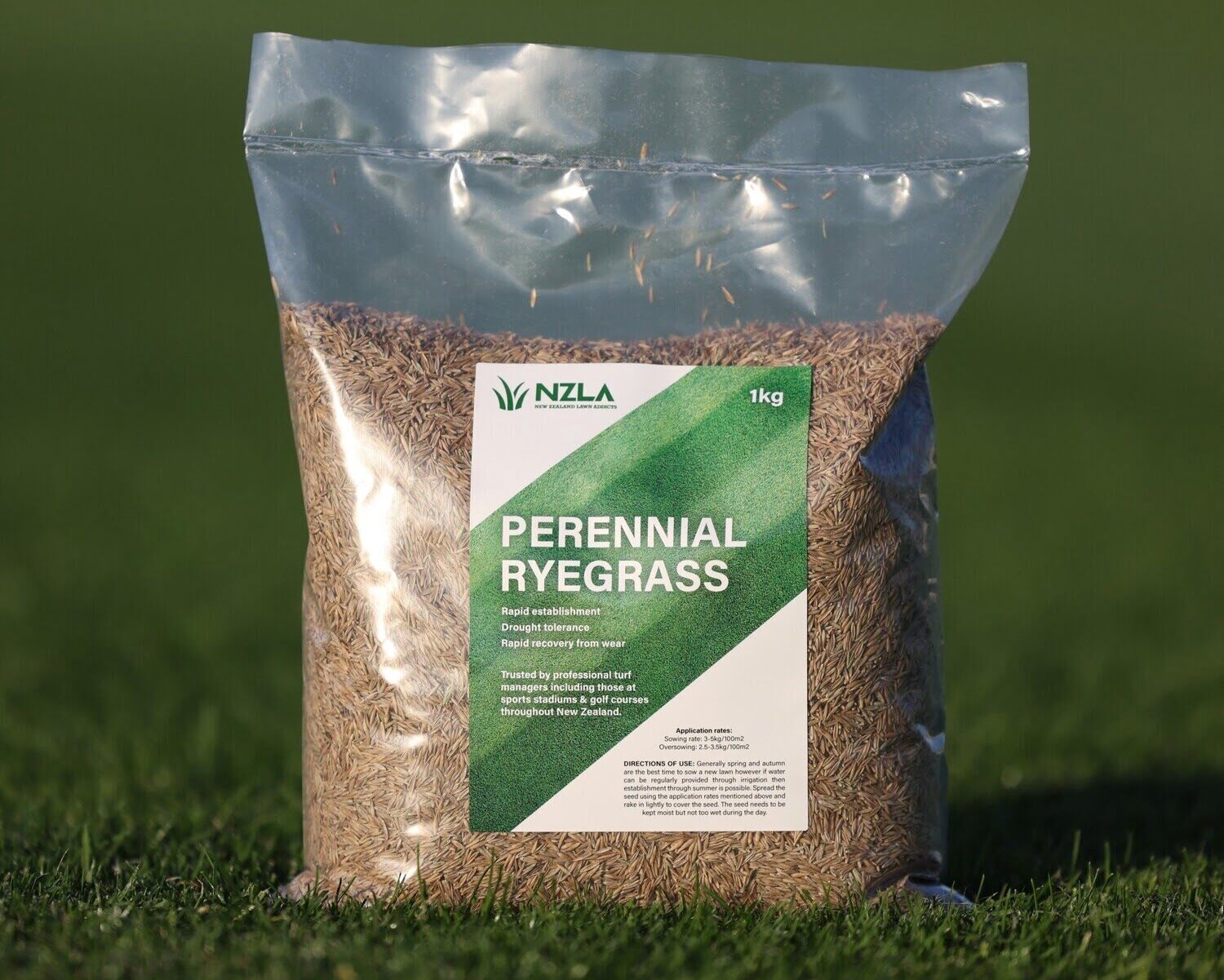

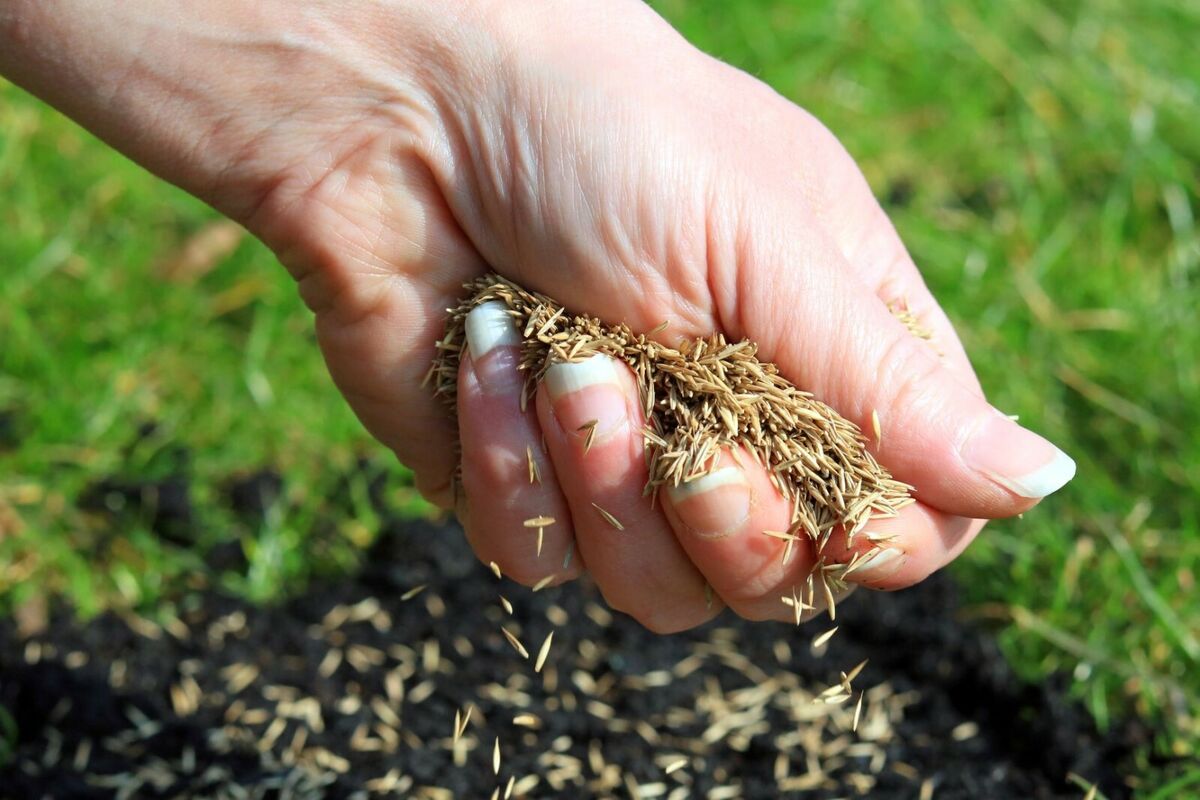

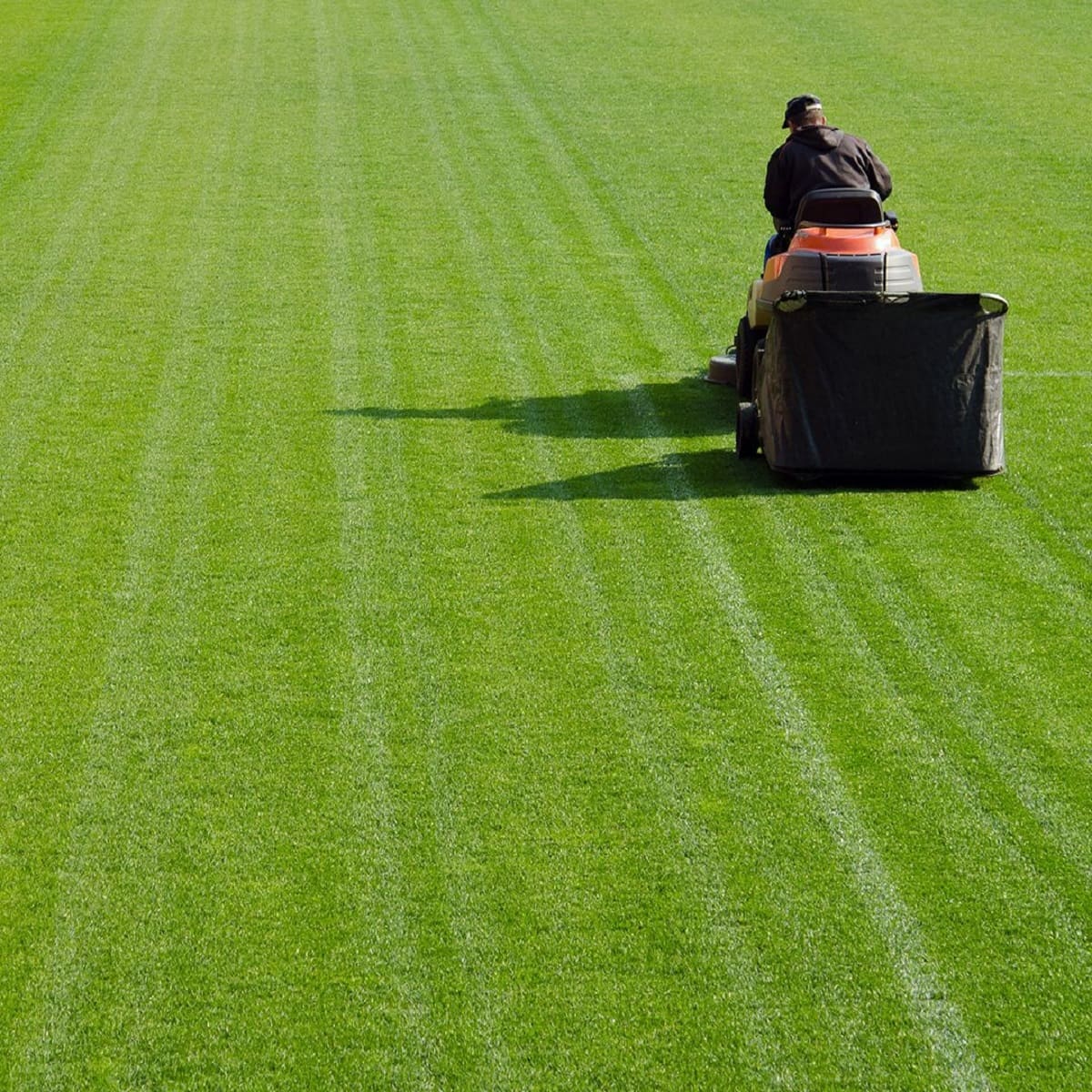


0 thoughts on “How Much Grass Seed Do I Need To Overseed An Acre”